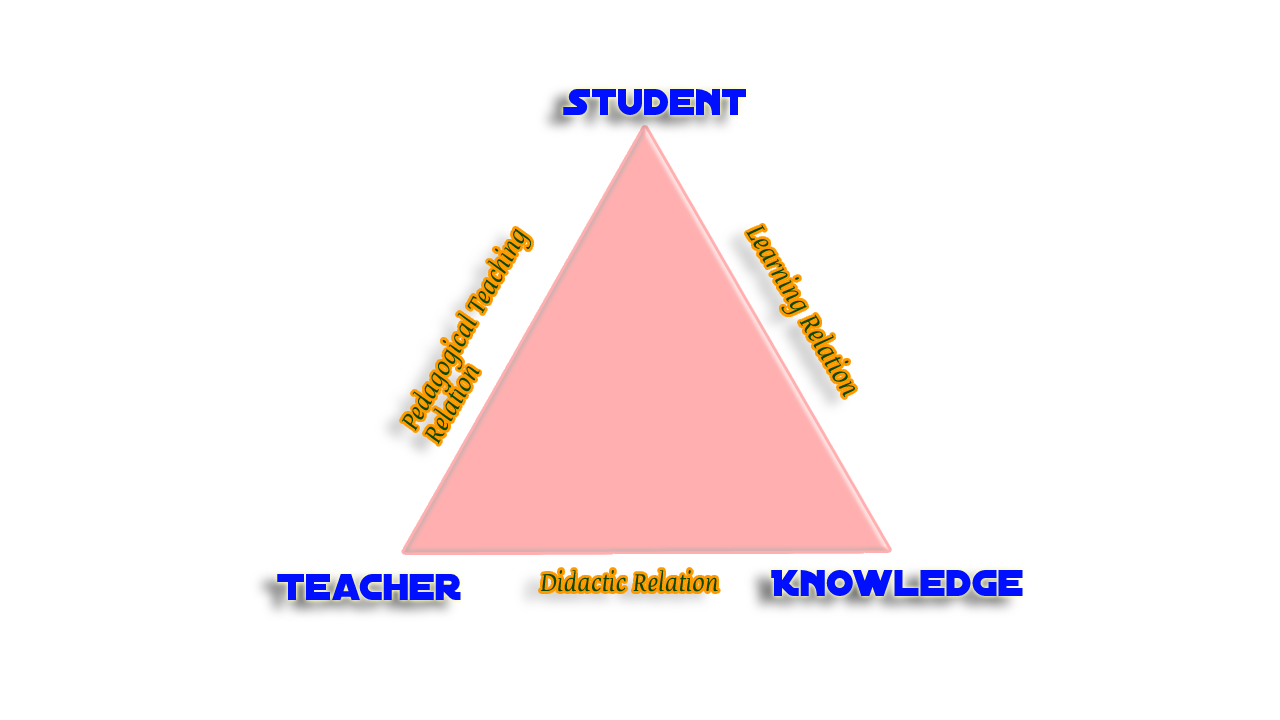My first graduate teaching experience

“When a teacher is a friend/relatable; it creates an invisible layer of accountability. Making the student a better student and in turn the teacher a better teacher.” ― Ethan Castro
This Tuesday, on March 8, I had my first graduate level teaching experience. In this post, I will walk you through my preparation, lecture, and the post lecture analysis.
This lecture was part of my evaluation for the “Teaching engineering” workshop. I was supposed to find a course in which the professor would allow me to give a one-hour lecture on some topic. Most of the courses in my university are offered in French. So, it was hard to find a course where I could teach. Thanks to one of my PhD advisors, Guy Desaulniers, who agreed to give me a slot and a topic for his class. His class is also in French, but he allowed me to take my lecture in English and told students that none of what I teach would be part of his exams. So, for students, it was only a “good to know” type of content.
Guy’s course title is “Integer programming”. He asked me to cover a topic that usually he doesn’t teach in that course: Primal Heuristics in Mixed integer programming (MIP). Given my work experience, this was a good topic. I had implemented many primal heuristics in various solvers in Google OR-Tools. To implement them, I had obviously read a lot of papers about heuristics. Thanks to my system of keeping a summary of each paper I read, I didn’t have to spend significant effort to compile the material for my lecture. If you are looking for a starting point for any MIP component, I would suggest Achterberg’s thesis.
First of all, I had to decide the learning objectives. Since this was my first graduate level lecture, I decided to stay in the lower part of the bloom’s taxonomy, where the students would be able to describe and categorize the heuristics I teach them. The higher level objectives could include being able to figure out when to use which heuristic. An even higher level objective could be creating their own heuristic. I figured that it would be hard to achieve those higher level objectives without first exploring different types of heuristics. So, I decided to just go with the plain style lecture. I collected basic information about the students from Guy. I asked for what has been taught so far, their intellectual level and class size.
A good way to structure a lecture is to use a concept map. This basically is a way to graphically represent different concepts and the relation between them. This is very useful, not only just to design the lecture, but also for research and exam preparations. I like it so much that I will use it for almost everything. I even included the concept map in my final slide as a way to show the summary of the concepts discussed.

Now, it was time to prepare the slides and a way to present the heuristics. The ‘pedagogical relation’ is most stressed part in the teaching workshop. In the pedagogical triangle, if the pedagogical relation is good, the knowledge can be transmitted easily from teacher to students. So, I decided to focus on building a good relation with the students. I planned a couple of jokes and prepared my explanations and questions for the students. The workshop instructor then shared with me the lecture plan document. I didn’t really have to change anything for that. I just filled it out. It basically divided the entire lecture into a set of activities (or concepts taught). I had to write the actions for teacher, student, and evaluation for each activity. The plan started from describing and motivating the use of heuristics. Followed by the basic classification of them and listing down the types of heuristic families I planned to teach. Then the heuristics for each type, and finally a way to evaluate the performance of heuristics in the solver. I rehearsed it. I kept some margin if the time runs out. I chose the ‘evaluation of heuristics’ as last topic since it is not so important and can be skipped if the time runs out.
Now, I was ready for the lecture. I reached the classroom on the given time and Guy was waiting for me. He finished teaching his part and then put me on the stage. He and my workshop instructors occupied the last bench. I was a bit nervous in the beginning. I briefly introduced myself. I could have spent more time to prepare a better greeting. But anyway, not everything is going to go right in my first lecture. I told them that since none of these is going to be in their exams, we will just try to have fun. I started moving through the slides.
A couple of slides later, I asked my first question to students. A girl answered it. Not a perfect answer, but it was good enough. I turned to the board and wrote 4 letters. ‘G’, ‘H’, ‘R’ and ‘S’. I asked her to pick a letter. She was confused. She picked ‘S’. I turned to the board. Wrote ‘5’ under the letter ‘S’ and said, “Five points to Slytherin”. The class laughed. Objective achieved. Now they like me, and they are ready to have some more fun. I did that throughout the lecture. Each time a student answers my question or asks some question, I put them into a house and gave them 5 points. And boy, it made me feel good to say those words while giving points. Turns out, it was a good way to make them participate. At the end, one student even gave a wrong answer, but I gave him 2 points for answering.
I was so involved in teaching them, I completely forgot to check the clock. Thankfully, Guy told me when I reached towards the end. I had only 5 minutes left. I was behind. I decided to skip the ‘evaluation of heuristics’ but the last type of heuristic (Feasibility Pump) was very important. So, I decided to skip a small part before that. But instead of skipping it completely, I gave them a small description. Bad idea. This was reflected in my feedbacks that I rushed through that part. Anyway, feedback taken. I should have checked the clock like I did during my rehearsals. The last slide was the concept map. But the fonts were very small for the screen in the class. So, they couldn’t read it. I asked Guy to share the slides with them later, so they can look at it. I should have printed that on papers and distributed those papers.
Anyway, it was time for feedbacks. I distributed them the feedback forms and later on asked them to write the name of their favourite heuristic out of what they learned in that lecture. Most of them were busy writing the feedbacks and didn’t hear me. But some of them wrote their favourite heuristic. I collected them and read them as soon as I reached home. It made me feel so happy. They listed many parts as my strong points: organization of lecture, interaction with them, dynamism, clarity, interest in the subject, etc. And many areas for improvement: slides(font size and lack of visual elements), reuse of examples, speed at the end, etc. Well, obviously I will try my best to improve on them.
As per my analysis, it went well. The objective was achieved. That I know because by the end they were answering my questions correctly. The greeting could be better. For the organization, I should move feasibility pump ahead, so I don’t have to cover it in time trouble. Font size is an easy issue to fix. But in general, I should check my slides on the class projector to avoid similar issues. I wanted to draw all the visual elements on the board, and that didn’t go as well as expected. I feel like I should not use both slides and boards as primary resources at the same time. If I am using slides, I should put the drawings in them and use the board for clearing the confusion. Lastly, I shouldn’t forget to keep checking the clock.
Overall, it was a fun experience for me and the students. I learned a lot. If you are wondering, Slytherin won, followed by Ravenclaw, Hufflepuff, and Gryffindor. Unlike the movie, Gryffindor couldn’t win. Mainly because no one was interested in being that house. Hope you enjoyed reading this!
Resources
My favourites:
Video of the week: The second brain
Quote of the week: “If you can't do great things, do small things in a great way.” —Napoleon Hill
